
BEYOND THE BIN: THE OVERLOOKED IMPORTANCE OF GOOD WASTE MOVEMENT
When considering effective recycling, most businesses (rightly) understand the value of good bin placement, clear signage and user engagement for maximising their recycling rate.
But it’s what happens between the bin and waste collection that can really impact whether segregation is successful or not. After all…
The waste management flow is a five-step process:

Staff or customer deposits waste in the correct bins

Staff deposit waste in the correct bin

Waste from bins is moved to collection points

Collected waste is transported by the contractor to a treatment facility

Received waste is processed and either recycled or sent to landfill or incineration
RECYCLING BREAKDOWN – WHERE ARE THE RISKS?
You’ve got your bins in place, and your facility users are recycling their waste in the right containers. What could go wrong?
There is a hidden stage in waste management that’s often overlooked: the journey from internal bins to the containers collected by waste collection companies. It’s on this journey that waste segregation is at the highest risk of breakdown, with cross-contamination threatening to undo your good efforts.
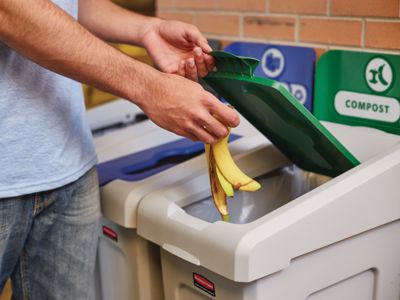
In many facilities transporting waste from front to back is done with whatever’s to hand – think black bags and makeshift trolleys – which isn’t providing the best experience for your customers or employees.
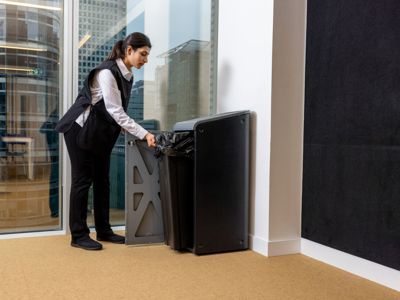
Without proper attention paid to waste transportation equipment, waste streams can easily mix – costing you more in waste disposal fees and risking fines for non-compliance with legislation.

All the hard work and investment that's gone into better recycling inside your facility could be null and void if your waste transport isn't up to scratch.
FRONT TO BACK: A STEP-BY-STEP GUIDE
Our tips for finding the purpose-designed equipment you need to move the waste in your facility.

Carry out an audit of your facility and identify where waste needs to travel once it’s been deposited in your internal bins. Consider everything from volumes and distances to tricky terrain, tight corridors and lifts.

Trucks, trollies or dollies, it might not be one size fits all when choosing the right equipment to move waste from different areas. Think about what you need to do the job in different parts of your facility.

Poorly designed handling equipment not only puts unnecessary strain on staff, but it also impacts productivity. Make waste movement easier, faster and safer with ergonomically designed products.
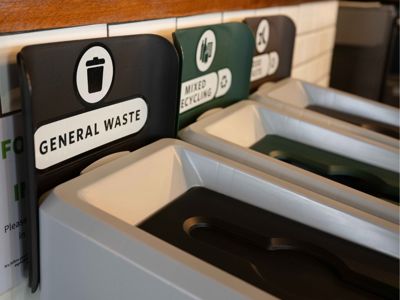
Once the right equipment is in place, ensure that you take your team through each truck or trolley, getting them comfortable with any key features and helping them to get the most out of them.
EXPLORE THE RANGE
Our range of material handling trucks, trollies and dollies is here to help you bridge the gap between front and back of house so you can maximise your recycling rate while promoting productivity and user comfort.

A high-capacity and highly manoeuvrable trolley made for transporting waste from inside to out with ease.
View Products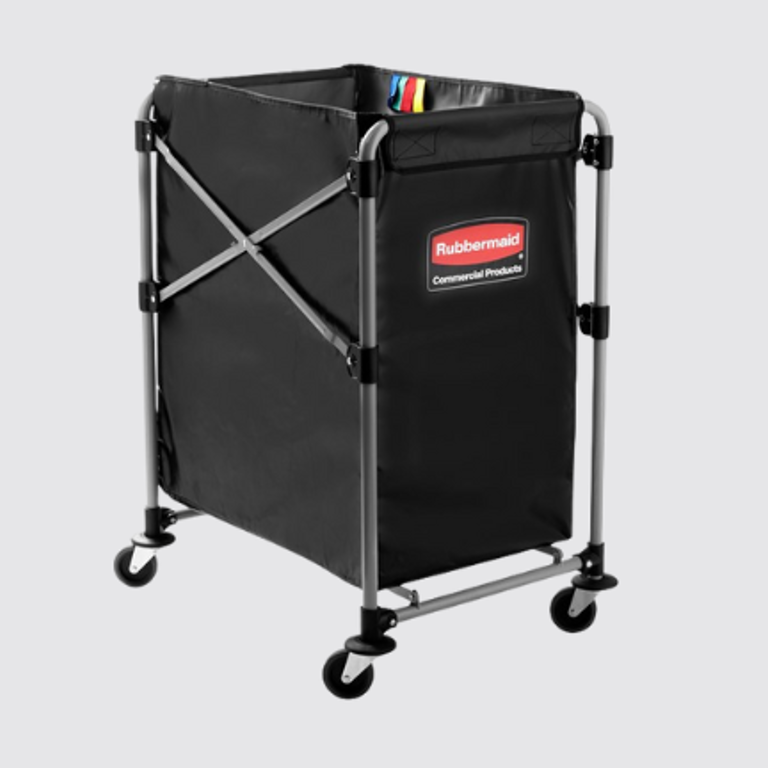
Lightweight, flexible and easy-to-move carts for transporting materials. Versatile with 1 or 2 streams & 150L or 300L capacity.
View Products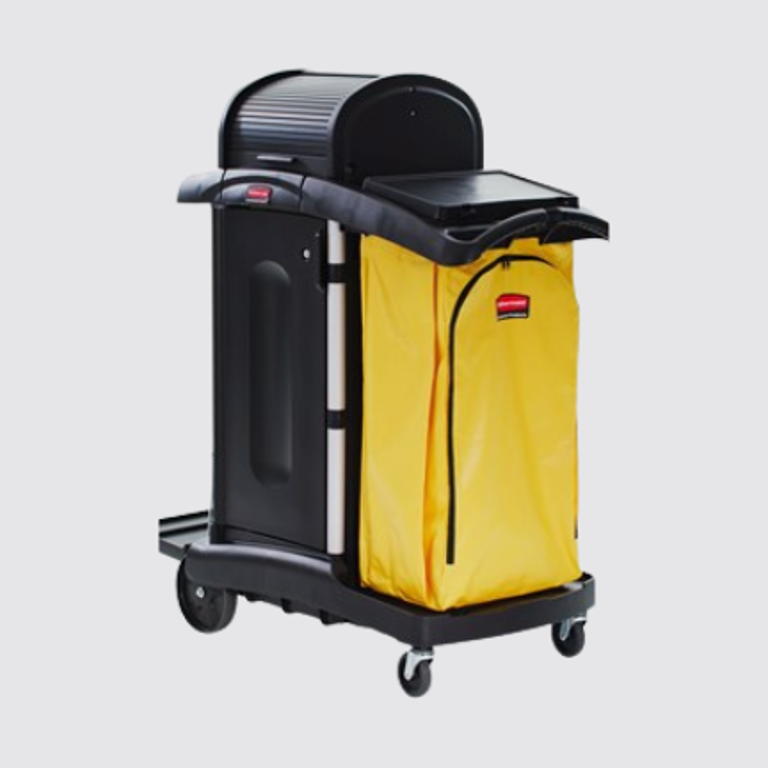
A versatile range of multifunctional cleaning trolleys fit for any facility’s Cleaning or Facility teams.
View Products
A robust and reliable range of trolleys made to transport waste and goods in tough environments.
View Products
High capacity, heavy-duty trucks, offering industrial grade strength and enhanced manoeuvrability.
View Products